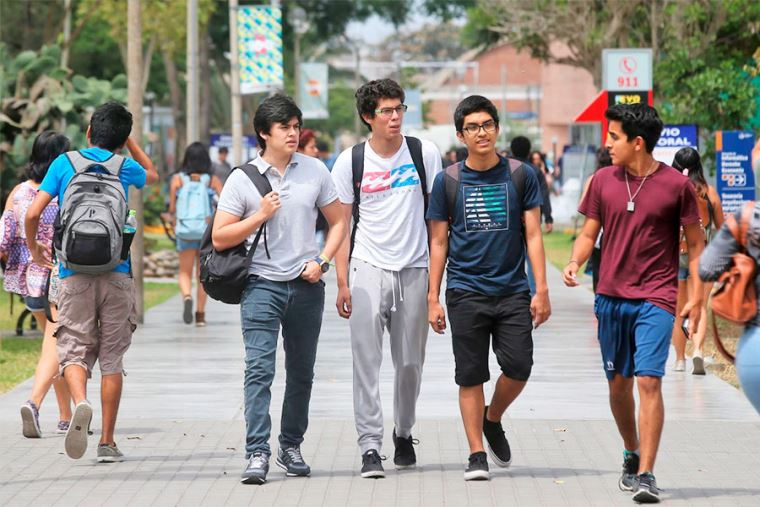
A growth of 2.4% is evident at the end of 2023 in the population of young people between 15 and 29 years old who neither study nor work (known as NEET), according to the Institute of Economics and Business Development (IEDEP) of the Chamber of Lima Commerce (CCL). This translates into more than one and a half million young Peruvians without job opportunities or access to education.
In that sense, It is highlighted that the NEET population is high in young people between 15 and 19 years old (44.4%), followed by those between 20 and 24 years old (29.5%) and those between 25 and 29 years old (26. 1%). Although the figure recorded in 2023 is significant, this population has been showing a downward trend in recent years, but higher than pre-pandemic levels.
And in 2019 the country had 1.3 million NEETs, a figure that rose drastically in 2020 with 2.2 million, as a result of the COVID-19 pandemic. However, in 2021 the figure was reduced to 1.6 million. However, for Óscar Chávez, head of the CCL’s IEDEP, There is a risk that the NEET population could increase this year, considering the gap between the increase in the workforce and the generation of formal jobs.
As for young people who work and study, they have a representation of 15.7%, while those who only study are 45.6% and those who only work are 18.1%, according to the National Household Survey (ENAHO) 2023 of the National Institute of Statistics and Informatics (INEI).
The NEETs gather in Lima
There are 657,000 young people who neither work nor study in Lima; That is, 43.3% of the national total is concentrated in the capital. Other regions with high concentration, but with a wide difference from Lima, include La Libertad (6.8%), Arequipa (5.5%) and Piura (5.3%), reflecting a certain correlation with other social variables such as levels of insecurity in these areas.
However, it is observed that Tumbes has a high density, since 1 in 3 young people is there without work or study opportunities, an alarming figure for such a small department with a small population.
In addition, It was recorded that in eight departments of the country 20% and 25% of young people are not studying or working; These include Madre de Dios and Tacna (23.4% each), Loreto (23.2%) and Moquegua (20.8%).
Poverty hits NEETs and the gender gap remains notable
The factor that would most influence the growth of these percentages would be the socioeconomic level. It is so In 2023, poverty affected 34.7% of NEETs, showing an increase of 12.8% compared to the previous year. It should be noted that this data is consistent with the increase in poverty of the total population compared to 2022.
In the financial sphere, the exclusion of NEETs from this system has decreased significantly, going from 72.1% in 2019 to 57.4% in 2022 and 52.4% in 2023, reflecting greater financial inclusion in this population group. .
Meanwhile, female participation among NEETs has decreased slightly. In 2019, 64% were women, while, in 2022, this proportion was reduced to 61.2%, reaching 58.5% in 2023, a figure that still shows a gender gap of 17 percentage points.
Access to higher education also shows fluctuations, with a proportion of 28.5% in 2023, compared to 30.9% in 2019 and 25.8% in 2022.
Source: Larepublica
Alia is a professional author and journalist, working at 247 news agency. She writes on various topics from economy news to general interest pieces, providing readers with relevant and informative content. With years of experience, she brings a unique perspective and in-depth analysis to her work.











